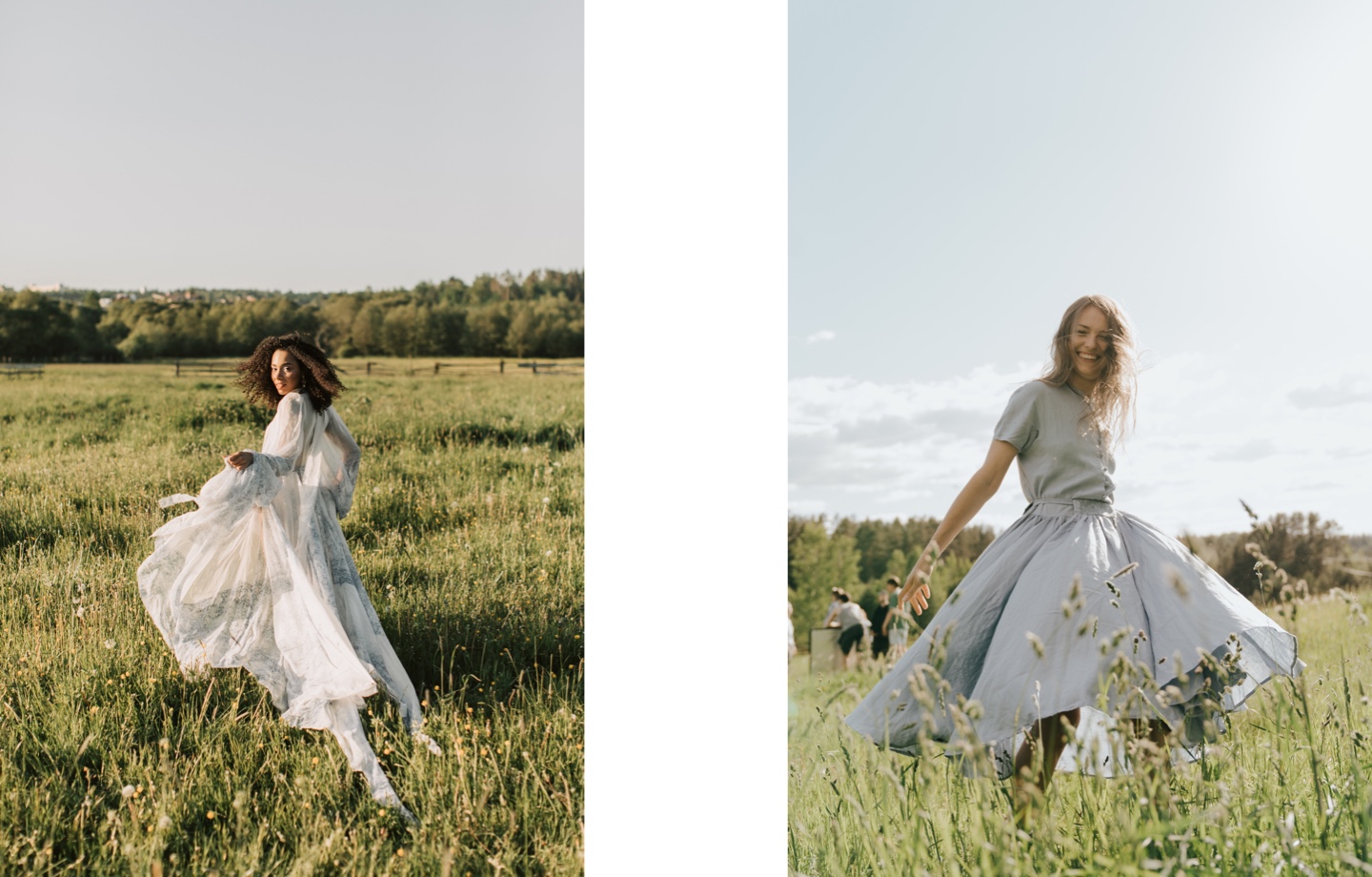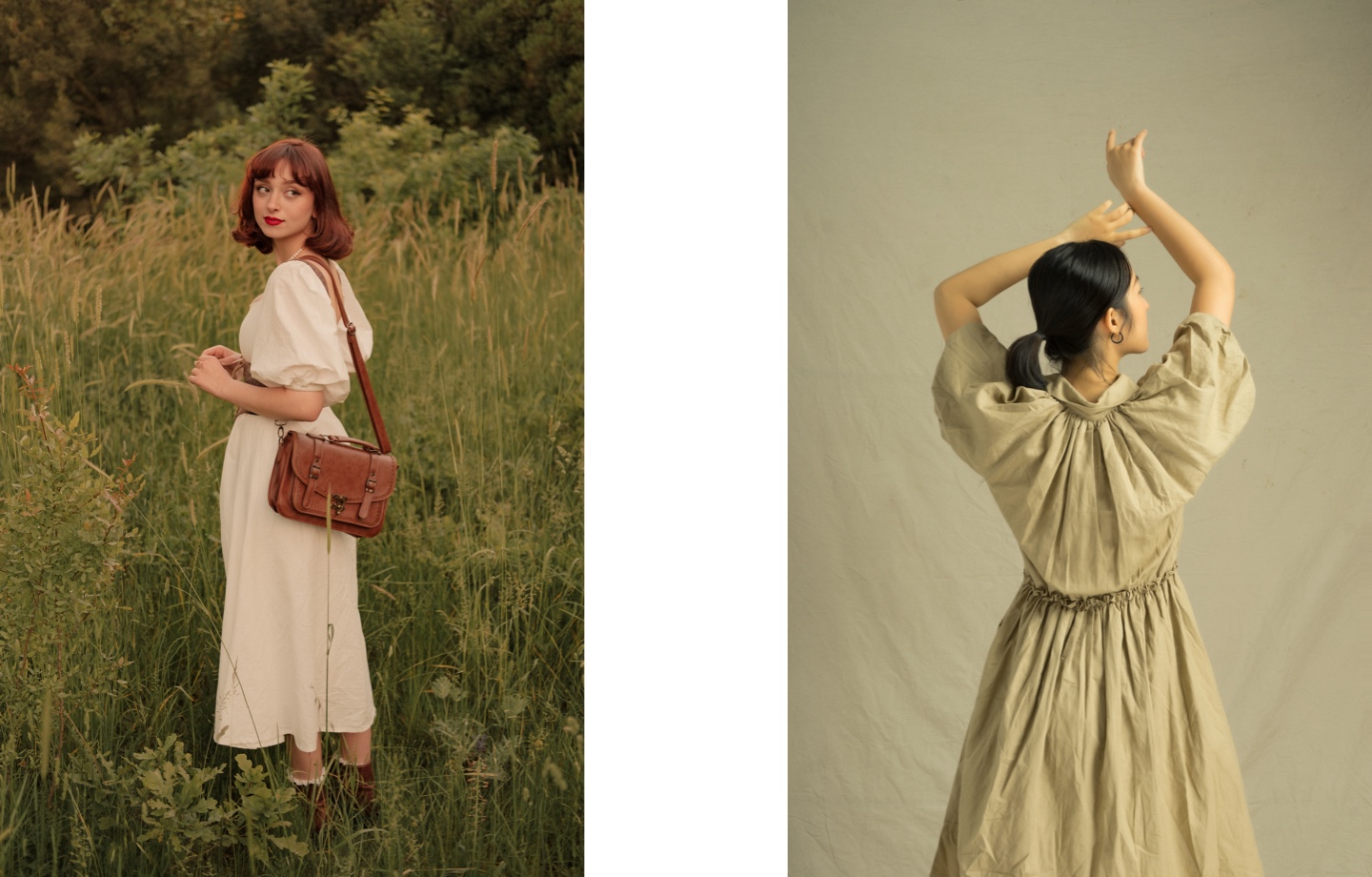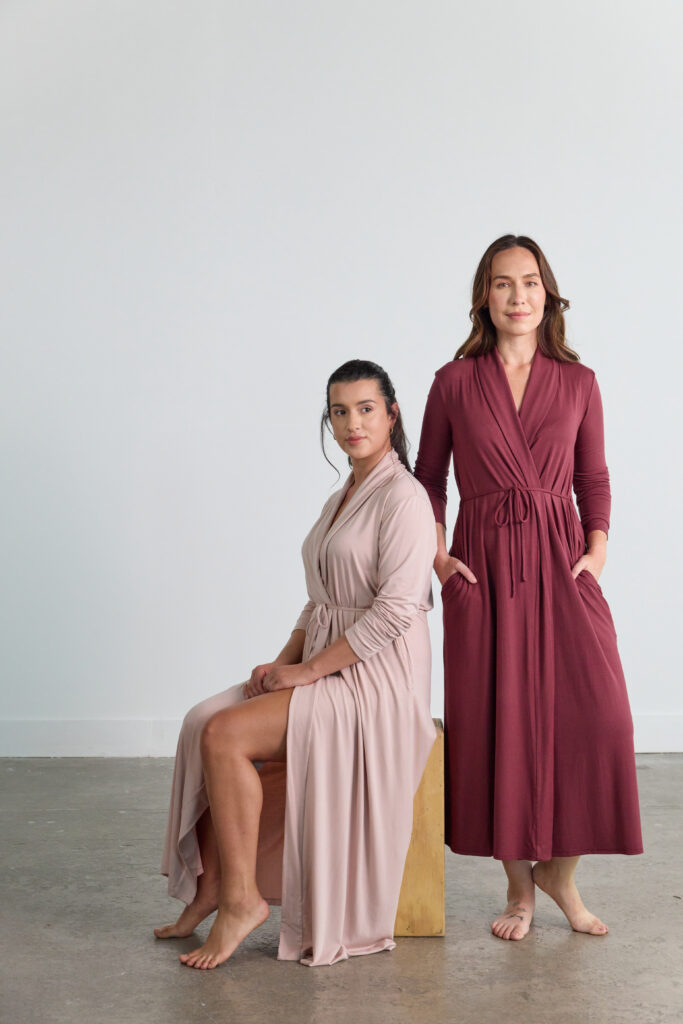Our planet is drowning in castoff clothing. Shifting consumer and industry mindsets toward circular fashion could help curb waste.
Fashion is notoriously wasteful. And thanks to the rise of fast fashion, it’s easier than ever to chase trends, wear an inexpensive garment just a handful of times, then discard it once it’s out of style — you didn’t pay much for it anyway. The pieces, which are typically made from low-quality fabrics like polyester or rayon, also don’t hold up for long, so they’re quickly thrown away and replaced by more — you guessed it — fast fashion.
The clothing may be cheap, but it comes at a huge environmental cost. According to the United Nations Environment Programme, consumers are buying more clothes but keeping them for a much shorter amount of time, and the impact is far reaching. In the U.S., nearly 3.8 billion pounds of clothing is sent to landfills each year, where it emits carbon emissions and has an outsized impact on the health of low-income, overseas communities where most castoff garments end up. And not only does the transportation needed to ship clothing result in 3.3 billion metric tons of greenhouse gasses a year, but apparel production itself uses a lot of water and fossil fuels, especially to create synthetic materials. For example, it takes more than 5,000 gallons of water to make one non-organic cotton t-shirt.
However, there’s been a growing call for the industry to be more sustainably-minded and support a concept known as circular fashion. The term, an extension of the idea of a circular economy, was coined by Anna Brismar, of Green Strategy, in 2014. Around the same time, H&M also started using the phrase, bringing it to the attention of mass audiences.

In 2017, Brismar came up with an official definition: “Circular fashion can be defined as clothes, shoes or accessories that are designed, sourced, produced, and provided with the intention to be used and circulated responsibly and effectively in society for as long as possible in their most valuable form, and hereafter return safely to the biosphere when no longer of human use.”
The TLDR? Sustainable fashion requires thought and care through the entire process, from the way a piece is designed and produced to how it’s distributed. The goal, of course, is to create high-quality, ethically and sustainably made garments, prompting customers to purchase fewer items and wear clothing longer so there’s less overall waste. The more we can keep out of our landfills, the better.
Some designers and retailers have started to step up their sustainability practices. H&M incorporates circular practices into its processes in an effort to create clothing “designed to be used more, made to be made again, and made from safe and recycled or renewable inputs.” Patagonia uses recycled polyester crafted from plastic soda bottles in much of its offerings and launched Worn Wear, a program that allows consumers to trade in and buy used gear. Timberland has a line of boots that utilizes recycled PET and rubber. Avocado sells certified organic and modal robes and pajamas that are produced through an ethical supply chain.
But there’s still a lot to be done to get an entire mega industry on board with circular fashion. Like many other revolutions, systemic issues need to be addressed at a higher level, but shoppers can still do their part to move the sustainability needle. Here are some ways to incorporate the concept of circular fashion into your life.
Read more: Being Fashionable Can Still Be Sustainable
When shopping for new clothing, do your research and opt for brands and designers that have transparent sustainability practices. This can mean finding companies with eco-friendly and ethical production processes, that use high-quality, natural materials, or that offer timeless designs that can be worn for years to come. If their claims seem too good to be true, do some digging to see what certifications they hold and how transparent they are about their supply chain. Look out for brands that are Certified B Corporations and offer clothing that’s GOTS-certified organic or MADE SAFE® certified.
If you’ve ever stood in front of your wardrobe and thought, “I have nothing to wear,” you’re not alone. But rewearing what we already own is one of the easiest ways to cut down on unnecessary shopping and impulse buys. According to a personal stylist at the Well Dressed Life, you can follow three steps to shop your own closet: seek inspiration from social media platforms like Pinterest, organize your clothing so items are readily accessible, and build outfits you feel confident wearing.
A closet purge can make your closet feel less cluttered, but rather than tossing what you don’t want, resell it. There are several ways to do so, be it your neighborhood consignment store or online versions such as ThredUp or Vestiaire Collective.

Read more: How Sustainable Are Clothing Rental Services?
The same goes for shopping. Rather than going straight to retailers for new items, shop secondhand or vintage. Not only will you find some wardrobe gems, you’ll also give pieces a second life and be more in style than you think (even Vogue says vintage is trendy!). Or, if you’re in the midst of an aforementioned closet purge, get your friends to do their own, and plan a clothing swap.
Eventually, all garments will reach the end of their lifecycle, but even then, there are ways to prevent them from heading straight to the landfill. Get the garment repaired if the issues are minor and easy to patch up, or upcycle it into something new entirely. If you have a crafty side, transform old tees into a tote bag, pet toy, a headband — the ideas are endless.
Read more: 6 Sustainable Fashion Books We Love
Have feedback on our story? Email [email protected] to let us know what you think!

Shop Pillows
The Essential Organic Pillow Collection
Gentle, breathable, non-toxic support.








